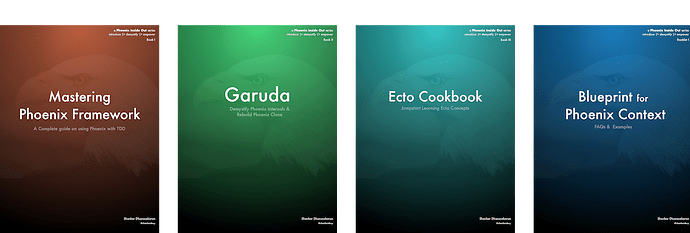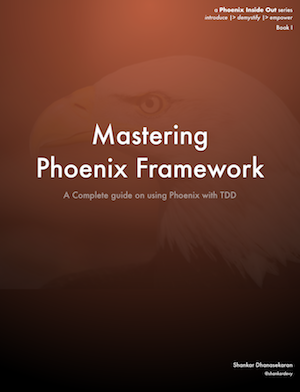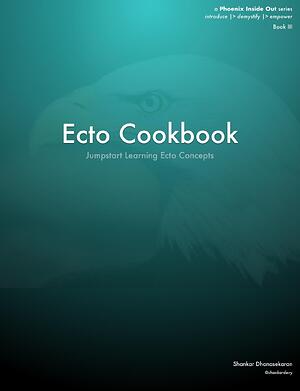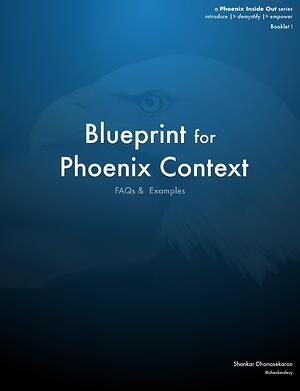I am happy to announce that I am completing final rounds of my Phoenix book (which is now a series of books/booklets).
###Mastering Phoenix Framework
####Chapter 1 - Getting Started
Get introduced to Phoenix and learn Phoenix conventions, use of View modules, control flow for a simple page.
####Chapter 2 - Just Enough Elixir
Learn minimal Elixir that’s just enough to work with Phoenix. Covers general expectations on Elixir language, Data types, Operators, Control structures, Modules and functions, OTP basics, Pattern matching
####Chapter 3 - Kickstarting Mango
Setting up TDD and introduction to Hound
####Chapter 4 - Product Catalog
Learn to create dynamic pages, introduction to Ecto and import seed data from CSV file.
####Chapter 5 - Register, Login, Logout
Learn Ecto migrations, Ecto.Changeset, router pipeline, Phoenix HTML form helpers, writing module plugs and testing plugs.
####Chapter 6 - Cart
Learn new concepts Ecto Embedded schema and associations and revisit all of the knowledge gained in Chapter 5 to create a full fledged cart with AJAX functionality.
####Chapter 7 - Checkout
Learn to refactor routes for authenticated and unauthenticates routes, Ecto migrations for modifying existing schema and table, use of multiple changesets for a single schema.
####Chapter 8 - My Profile and Preference
Learn Phoenix CRUD generator mix task phx.gen.html and why not to use them for most cases. Learn how to use Gettext for translating interface language.
####Chapter 9 - Admin I
Learn how Phoenix.Token and how to generate and validate tokens. Create a passwordless login using Phoenix Token and learn to create and use function plugs.
####Chapter 10 - Admin II
Explore how to customize the phx.gen.html generator templates and an introduction to multiple sources of truth with Phoenix Context.
####Chapter 11 - Mango Robot
Learn basics of Channel communication and the various components involved in creating Phoenix channels. Learn to authenticate channels using Phoenix Token and use socket to persist data across multiple messages to the server.
####Chapter 12 - Deployment
Learn to deploy in Ubuntu server using
- Mix
- Distillery Release
- Distillery Release with Docker
Total number of pages: 376 (in PDF format)
Available Format: PDF, EPUB, MOBI
See posts in this thread for details on the others ![]()
Learn more at: Phoenix Inside Out Book by Shankar Dhanasekaran




























